Siberia is about more than gulags and cold weather. As the exhibition “Siberia in the Eyes of Russian Photographers” at the American University Museum shows, the expansive Russian region is incredibly diverse, remarkably beautiful, and (believe it or not) quite warm during the summer. “Notions of Siberia in the United States come from Hollywood,” said Anton Fedyashin, executive director of the Initiative for Russian Culture at American University. “They come from films that emphasize the morbid exoticism of Siberia, the endless white plains, the sparse villages. Those are the kinds of images that are most widespread in the West. Of course, Siberia during winter does look like that, but there’s another side of the story.”
Indeed, Siberia is a place of extreme temperatures and vastness, but it is also a place of exceptional beauty and natural abundance. It makes up about 75 percent of Russia’s landmass but contains only 25 percent of its population. The people who settled the region are known for their independent spirit, one that in many ways mirrors that of the pioneers who populated the American West. The exhibition calls attention to many other visual parallels between these two places, which may serve to complicate an American perception of Siberia as merely a destination for imprisonment and exile. “It’s an image that overemphasizes the negative aspects of this enormous part of the Eurasian continent and one that completely underrepresents the enormous geographical variety, which is breathtakingly beautiful. The exhibit shows that it’s equally as beautiful and eerily similar to the American West,” Fedyashin said.
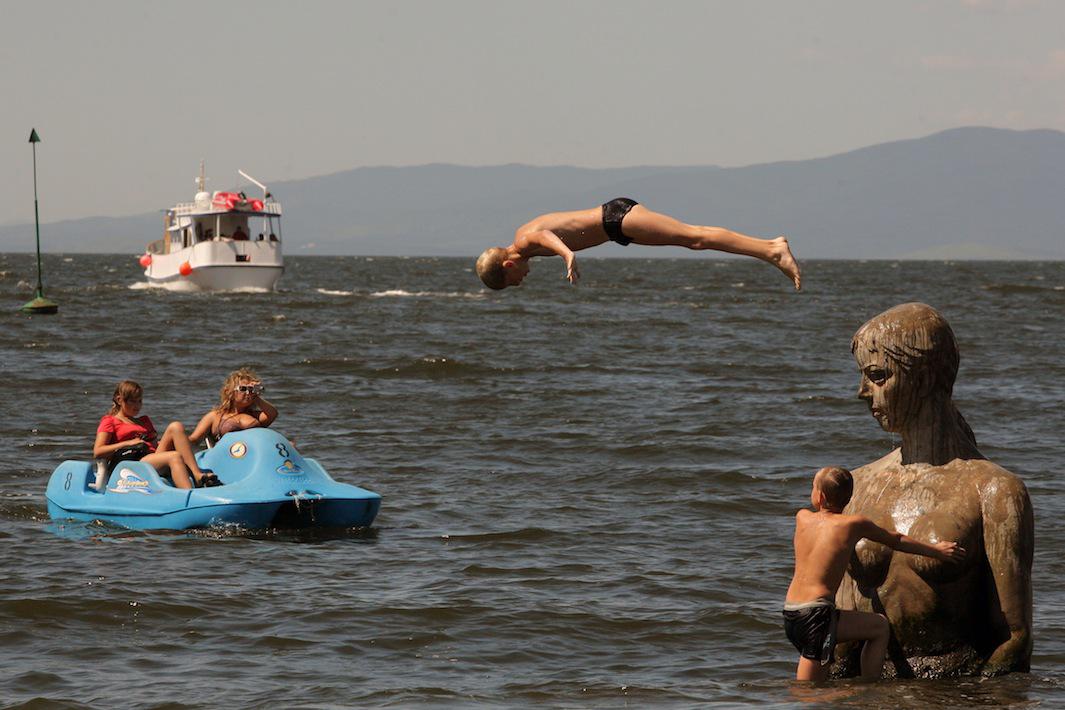
Sergei Maximishin
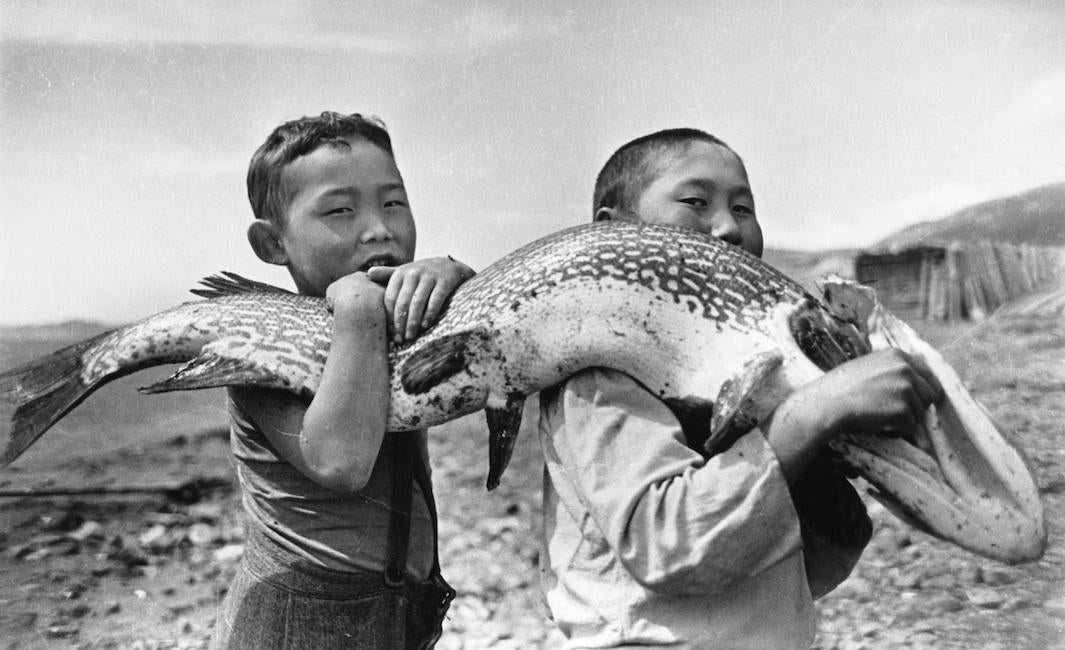
Dmitry Dyebabov
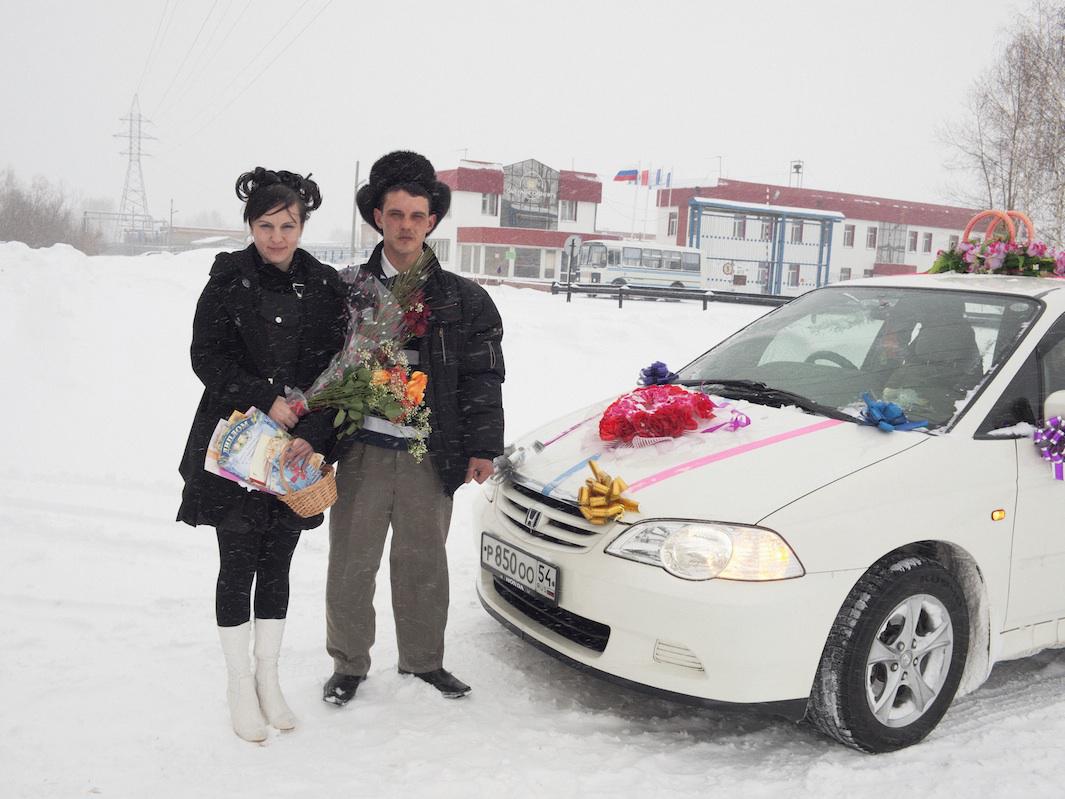
Anastasia Rudenko
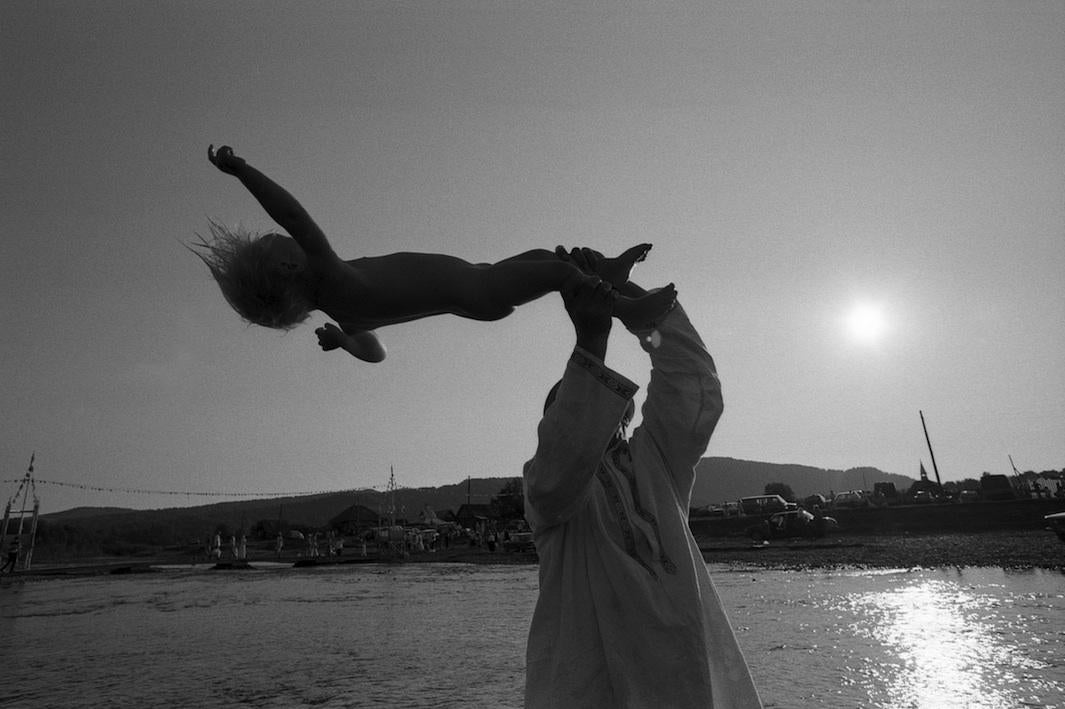
Alexander Kuznetsov
While Western photographers have emphasized Siberia’s emptiness, the Russian photographers whose work populates the exhibition, much of which has never been shown in the West before, captures the region from a multitude of perspectives. It covers more than 150 years of Siberian history, from the 1860s to 2011. At the same time, it traces the history of Russian photography, whose various stages have presented Siberia in greatly different ways over the years.
It begins before the Russian revolution, a time when the first photographers sought to capture the traditional peoples of Siberia and their lifestyles. It continues into the 1930s, when socialist realism presented propagandist, idealistic views of happy workers developing the wild Siberian landscape. Moving forward, it shows the development of documentary realism in the 1960s and 1970s, a less ideology-driven portrayal of the realities of Siberian life, and then more recent, post-realist views of the region. “It’s too easy to make assumptions, to just accept what seems to be the passed around version of reality,” said Leah Bendavid-Val, the exhibition’s curator. “Photography is a wonderful mechanism for taking a look at these things because it’s such a great eyewitness. At the same time it can be the most deceiving thing ever. It has been used both ways in Siberia.”
“Siberia in the Eyes of Russian Photographers” is on view through Dec. 15 at the American University Museum in Washington. Bendavid-Val’s book of the same name is available from Prestel.

Sergei Potapov
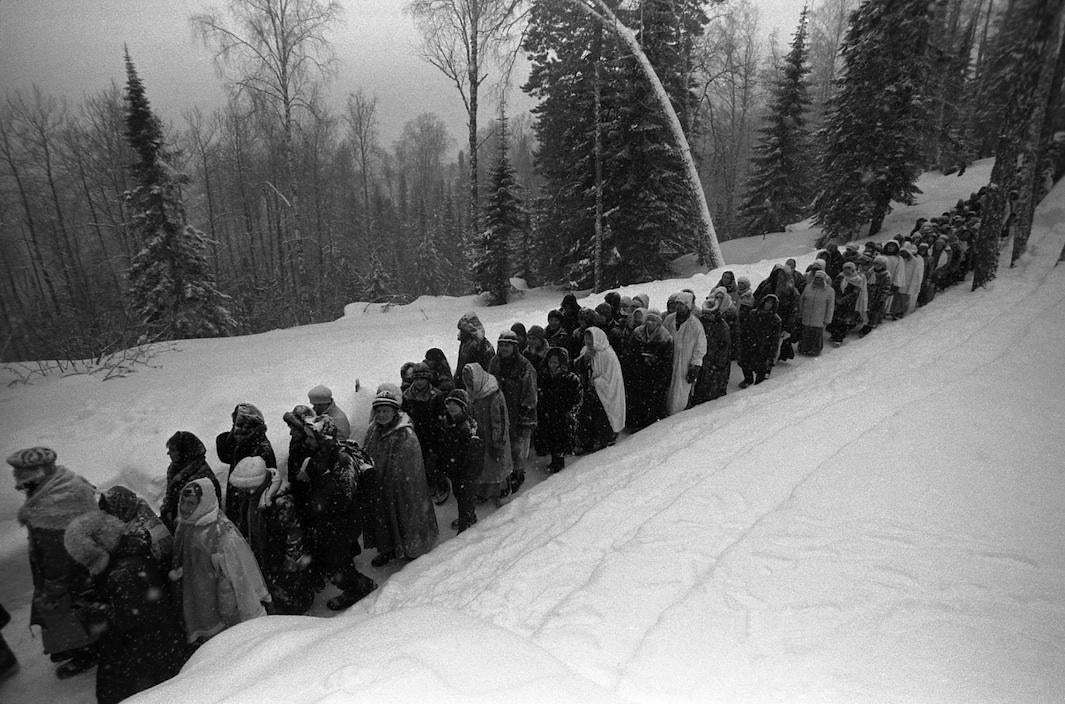
Alexander Kuznetsov
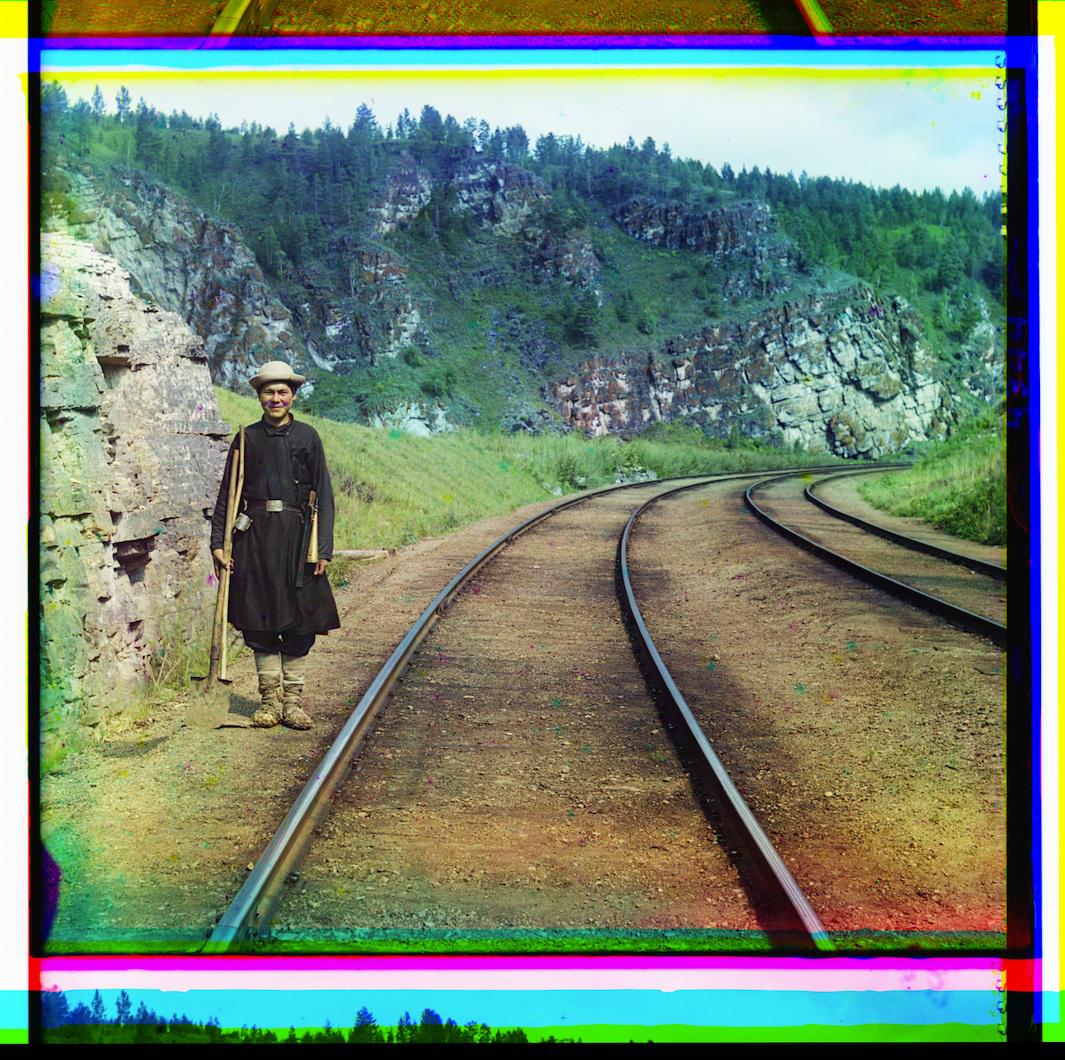
Sergei Mikhailovich Prokudin-Gorskii
